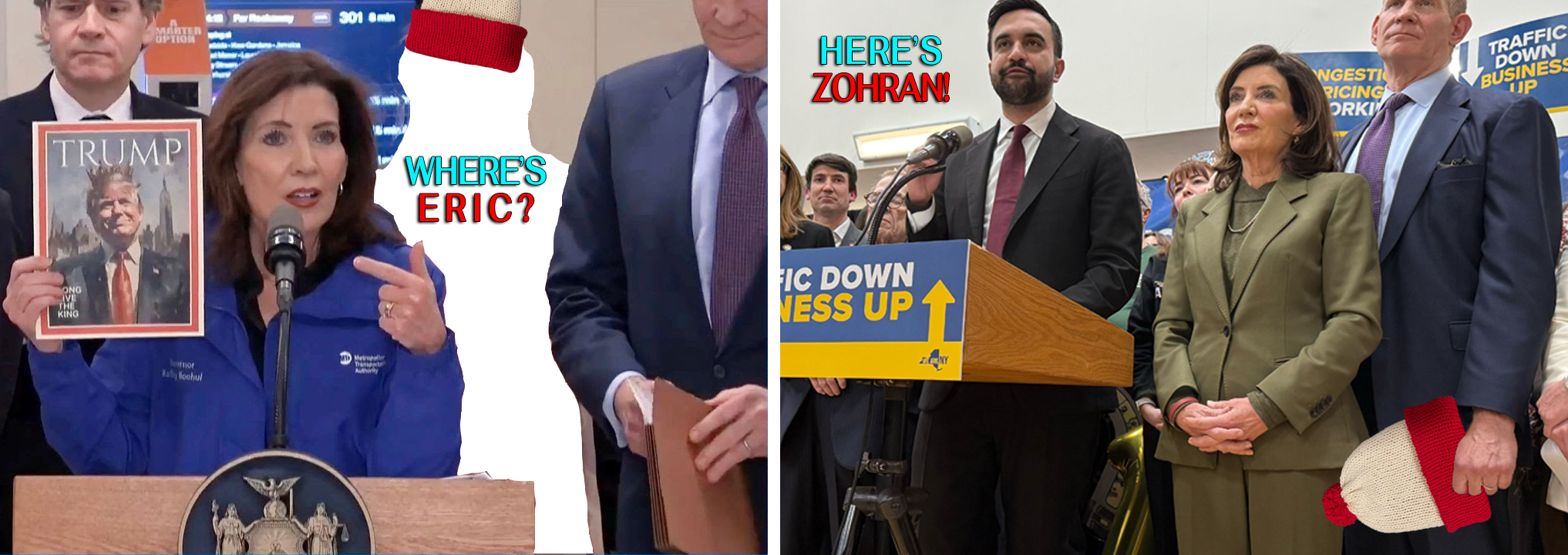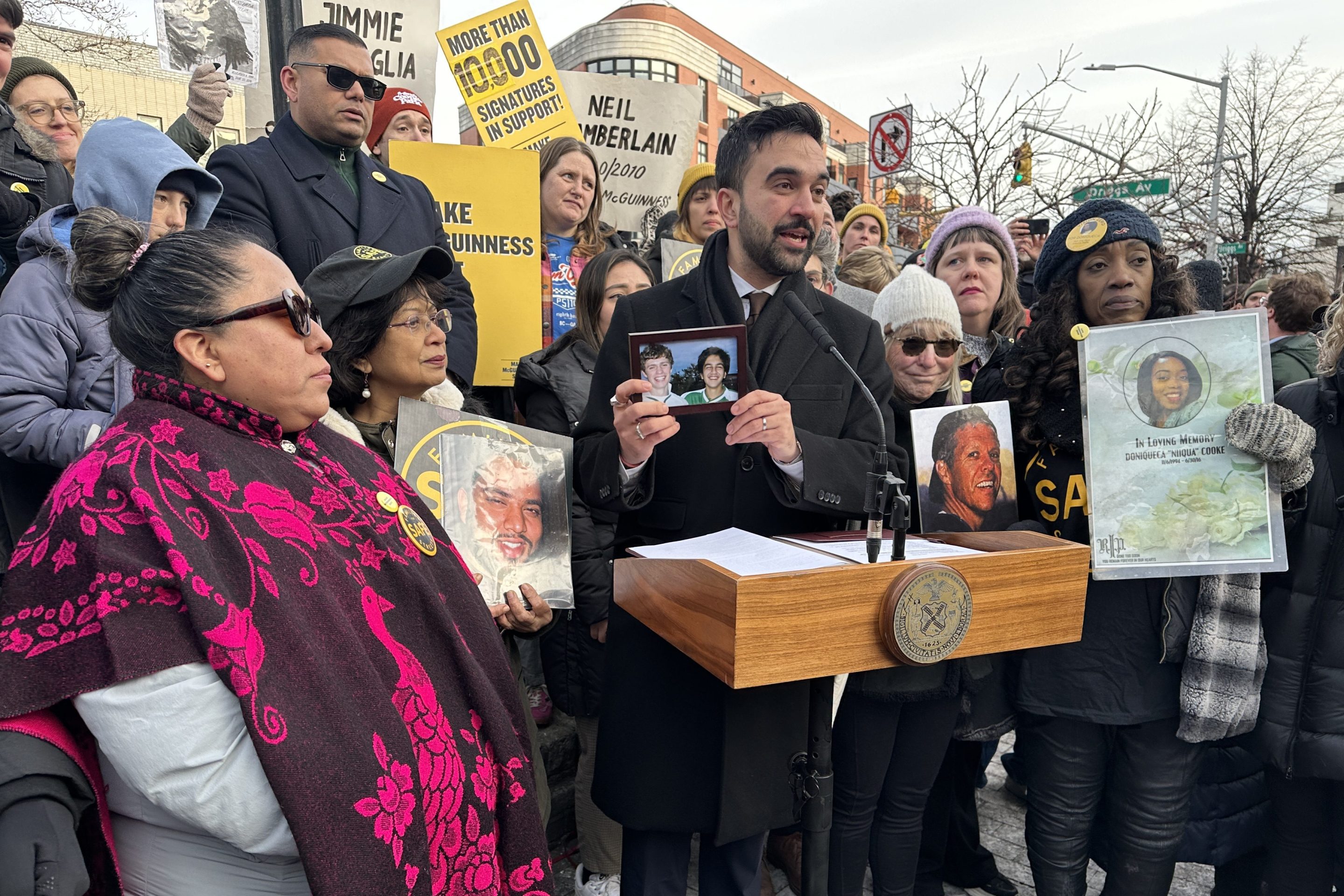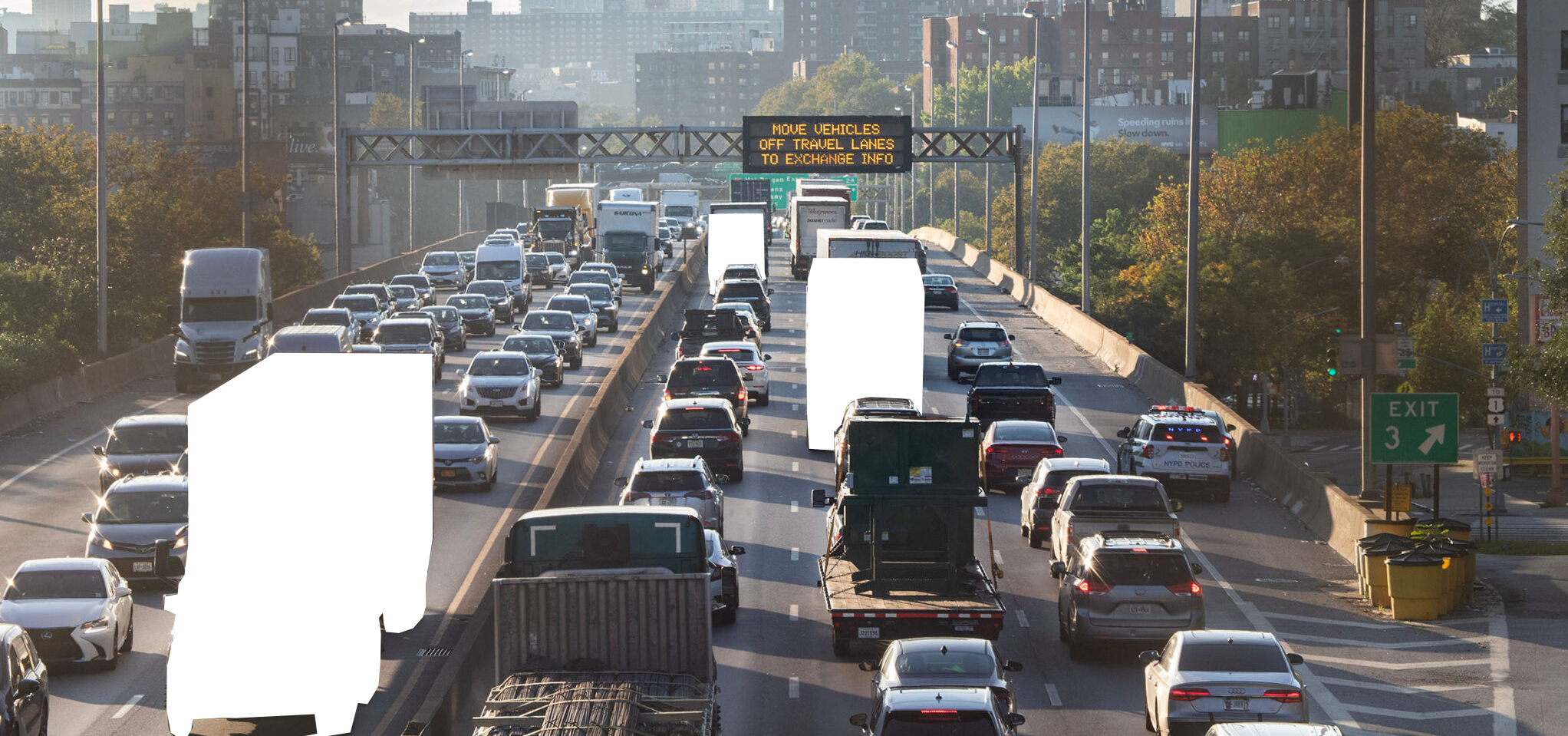There it is, at your typical American suburban transit stop: a parking lot -- a free one, probably.
The intent of park-and-ride service is to enable people who live in car-centric places to take transit to work. But Ben Schiendelman at Seattle Transit Blog has been thinking it over, and he doesn't believe park-and-rides are such a great thing for mobility, urbanism, or even the transit agencies that build them:
When park and rides are built in areas where there isn’t much within walking distance, people start driving to the stations. Not all the park and ride trips are trips that were previously taken on the highway, but most of them are, hence why there are so many ready park and ride users when a new transit station opens. The day before the station opens, most were driving all the way to the city center – the parking lot fills almost immediately.
When you take a thousand cars off the highway and put them in a parking lot, it decreases the delay on the highway, decreasing the cost. And because demand for that highway was relatively elastic, it increases the number of trips on that highway back to the sweet spot – back to the amount of delay most people are willing to deal with before picking another option.
The net effect is to expand car-centric suburbia, he writes:
For every parking space we build at a transit station, we’re encouraging a new, car-oriented, suburban housing unit, demand for suburban shopping, and suburban road expansion to serve them.
There’s one more negative impact. When Sound Transit builds a $20 million park and ride, that $20 million comes with an opportunity cost of other transit capital projects. This isn’t highway money we’re spending. For instance, if South King dollars hadn’t been spent on park and rides, Sound Transit might have enough money today to build light rail to Federal Way. In East King, we might have a better, more central tunnel for East Link in Bellevue.
What say you, commenters?
Elsewhere on the Network today: Beyond DC has an update on how some of Baltimore's suburbs are evolving into the kind of walkable, connected satellite cities that have grown outside D.C. Half-Mile Circles explains how the public health community has been partnering with local government officials around the U.S. to help build healthier places. And Free Public Transport relays the news that oil-rich Saudi Arabia is considering "major policy changes" to boost transit ridership.






